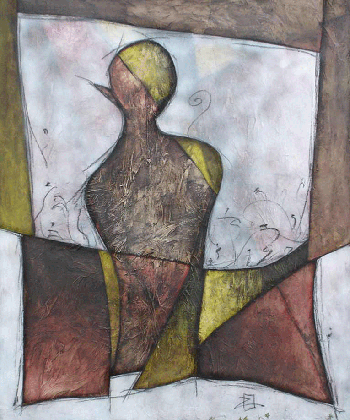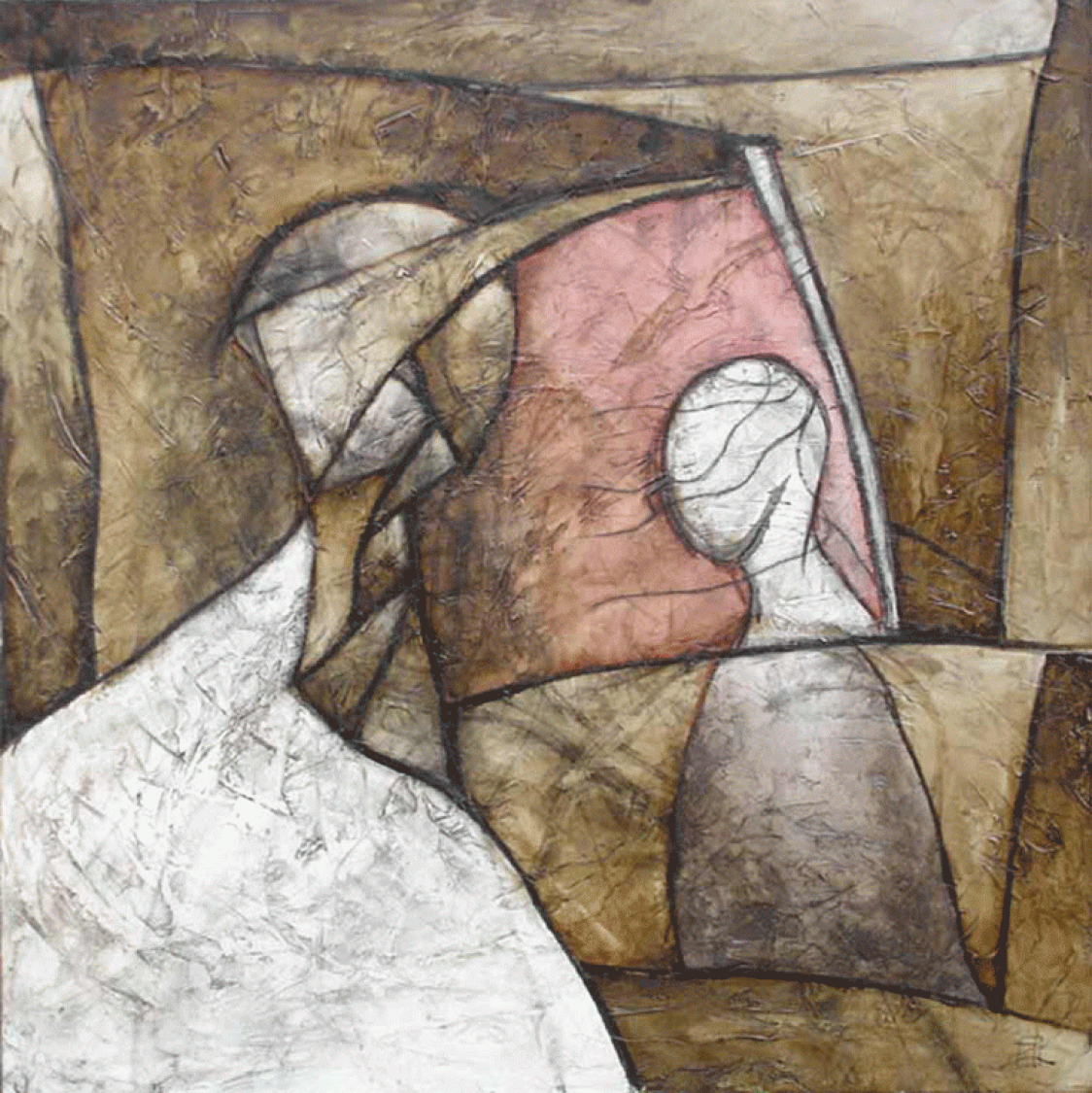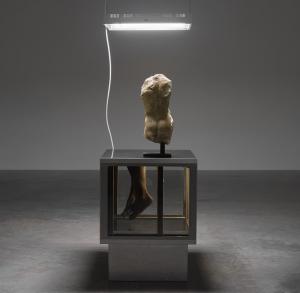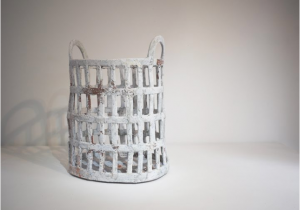SHOUTING BEHIND THE SHADOWS
by Alex Maccioni
It was only over fifteen years ago that in Santiago de Chile if you were outspoken about social issues you would be isolated by your community and probably arrested. The Pinochet era quashed many opinions and suffocated ‘extreme’ art forms that were deemed troublesome and from the left.
Arguments As to whether surrealism, magic realism or expressionism are entirely socialist are impossible to pin down, but, historically, art forms that are against the norm are usually quashed and belittled by oppressive regimes.
Today’s Chile is a far cry from the secretive, unspoken days of Pinochet, but the cuts are far from healed and the nation still fails to deal with the issue of past problems in which every single person in the country was affected. A recent survey pointed out that 85%of Chileans would not talk about social issues even to their own family and friends. Chileans feel that any strong opinion they have must be kept private and quiet, but with art this is impossible.
 Art can never be kept silent and the local street artists from the Andean dominated city of Santiago show that lying behind the shadows of the Santiago streets is art that is full of social and political outrage that acts as a megaphone in the hope of waking up the masses.
Art can never be kept silent and the local street artists from the Andean dominated city of Santiago show that lying behind the shadows of the Santiago streets is art that is full of social and political outrage that acts as a megaphone in the hope of waking up the masses.
Many of the young artist here are from the generation of the repressed and the artists covered in this article are all from an upbringing of restrain and censorship. If your family were against the dictatorship in any way there was always the risk that your family would be arrested and sent away from the country. Torture and death was then also a possibility.
Gonzalo Peralta Godoy, a superb surrealist painter from Santiago, grew up in similar scenario. His mother was a Socialist and so his upbringing consisted of ducking amongst the shadows and moving from one place to another before pro-government supporters grew suspicious.
His paintings are breathtakingly original and on first viewing the political content is unobvious and discreet. Gonzalo Peralta lived in an era as described earlier where even the political opposition was reduced to internalising their frustrations. Visiting his studio in Nuñoa, Santiago, I was treated to view fine examples of how he represents the disenchanted Santiago youth. The children who saw their family’s right to express themselves suppressed and muffled.
“My motivations are social, nothing more,” he says, clear from the outset about what his artistic roots are. “With paintings I feel it’s easier to say more profoundly what you want, more so than in writing. In life you need a dual personality to survive and one half of myself is the explosive painter who conveys what the other half sees in the day.” With sentences like these you just can’t help but to look even closer at his work. This mild mannered Chilean is filled with a desire to wake up his masses from the social sleepwalking society of Santiago, but he is typical in that he doesn’t feel like he can shout from the rooftops about it.

His paintings reveal this unravelling and ubiquitous formula. The first painting seen shows a small revolutionary gathering behind a foreground of corruption and ignorance. A hand appears from the side, the face is unseen but the hand seems to be fondling a breast while the woman whose breast is represented is looking away sadly, her head bowed and reflecting an image of powerlessness. The figure of a sitting man appears to the right – again this seems to give the impression of impotency and lack of force. His exaggeratingly sedentary body reflects lack of movement; he is lazily unmoved by the groping hand and mini-demonstration in the background.
The figures in most of his paintings are faceless; perhaps an indication of the voiceless society left after the dictatorship. This can be noted further in the next painting. Again the figures are faceless but the shape in the centre of the painting seems to be wearing a helmet. The helmeted figure represents the military or the police and this shape seems to be towering above the figure at the bottom right who is being crushed or dominated by the helmeted man.
It would be wrong however to suggest that Gonzalo Peralta sees his fellow citizens as completely characterless. For him the blame lies with his society. The third painting seen represents this clearly. The figure on the right is the only painting in his collection with some form of facial features. This figure is looking at a reflection of himself in a mirror. This is a reflection of how Gonzalo sees his people in everyday life and the contrast between what his people actually feel and belief. The subject seems to sport a protruding spike from the side of his head or brain. Is this a sharp spike of protest or knowledge that disappears in the reflection? One could say that the man looking in the mirror is Gonzalo himself supporting his quote earlier about the dual personality of Gonzalo the artist and Gonzalo the citizen.
Using stone type colours in his paintings Gonzalo Peralta is able to cool down the fiery frustrations that lurk inside his art. The icy blues, purples, browns and greys are used to give a slate like effect and help to achieve his portrayal of the lack of vibrancy and voice his society has been left with. Theses colours also enhance the effect of the social darkness Gonzalo sees when he walks the streets, and the bleak, motionless reality he feels about life around him.
Santiago and Chile need to move on after the torment of the dictatorship, but, for Gonzalo Peralta, this cannot be done by simply sweeping the past under the carpet. His paintings reflect the aftermath of dictatorship. He represents the new wave of Santiago youth who are yearning to convey the feelings and ideas that their parents were unable to communicate.
Alex Maccioni is our Latin America Editor. He is a former FT Dynamo writer presently based in Chile, where he writes and runs his own English Language College.
Photo Credits: Paintings by Gonzalo Peralta





